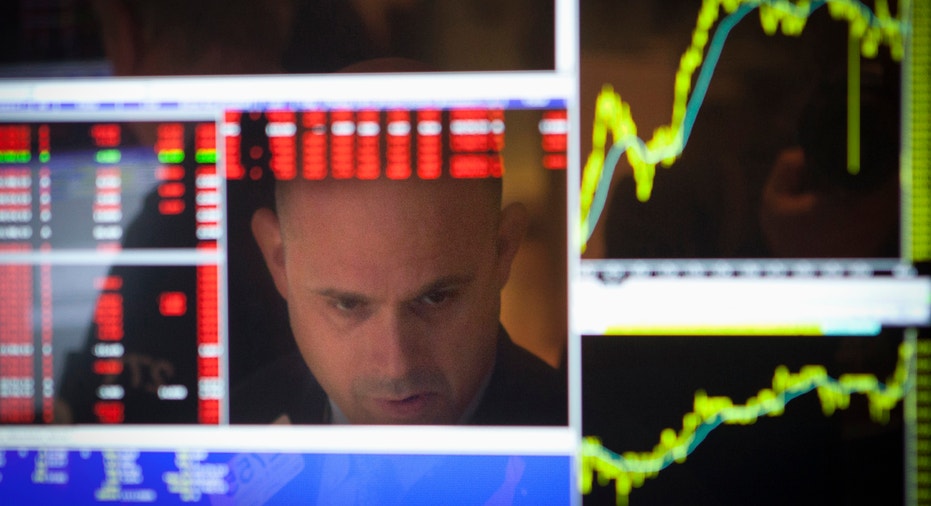Outdated Inflation Gauge Gets a Makeover

Once a month, the Bureau of Labor Statistics releases its gauge on producer prices to little fanfare on Wall Street.
Unlike the jobs report, home sales indexes or even Chinese manufacturing data, investors mostly yawn at the PPI. But that may soon be changing.
That’s because for the first time since 1978 the government is set to launch a revamped version of the inflation gauge this week that will capture a much broader sampling of prices received by U.S. businesses.
“We think the new PPI release will increasingly become a market focus,” Peter D’Antonio, head of U.S. economic forecasting at Citigroup (NYSE:C), wrote in a recent note to clients. “The idea is to create an index that fully represents prices that businesses receive throughout the entire economy. The new series will look nothing like the old one.”
The previous version of the PPI index only measured the costs producers received for goods, which tend to be influenced more heavily by volatile commodity prices.
But under changes announced in 2011 by the BLS, the new series set to be unveiled on Wednesday will measure services, which represent a huge chunk of the U.S. economy. The PPI will also now factor in construction, government purchases and exports.
“It will be a better indication of what’s actually flowing out to the consumer,” said Russell Price, senior economist at Ameriprise Financial (NYSE:AMP). “It should take on a little more prominence within the minds of investors.”
The BLS said the changes more than double the PPI coverage of the U.S. economy to over 75% of in-scope domestic production.
Michael Block, chief strategist at Rhino Trading Partners, said the inclusion of services pricing will “capture some supply/demand and elasticity dynamics that the previous measure did not.”
“I, for one, will watch it. We will see if others, including the FOMC are watching too. I am not clear that they will,” Block said.
The new PPI will likely see less month-to-month volatility due to the presence of services, which D’Antonio notes “by their nature show more muted price swings.”
According to Citi, a three-year history provided by the BLS of the PPI metrics shows the new series has a standard deviation of just 0.2%, compared with 0.5% under the old format.
While the PPI did not traditionally move the markets dramatically, the changes could elevate the report to the level of the consumer price index, which measures prices that consumers pay for their products.
That may especially be true due to the fact that the PPI is released ahead of its more consumer-focused peer.
However, D’Antonio said investors should beware that the new PPI won’t be any better at predicting the CPI and may actually be worse due to the lower weighting of goods prices.



















